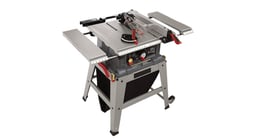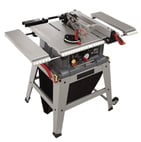
Official Sears table saw parts
Sears table saws are known for their precision cutting ability and reliability. Sears manufactures table saws that are used by professionals and homeowners alike. When your Sears table saw isn't cutting as it should, you can count on Sears PartsDirect to have the replacement parts you need to fix the problem.
Showing 1-14 of 14
Showing 1-14 of 14
